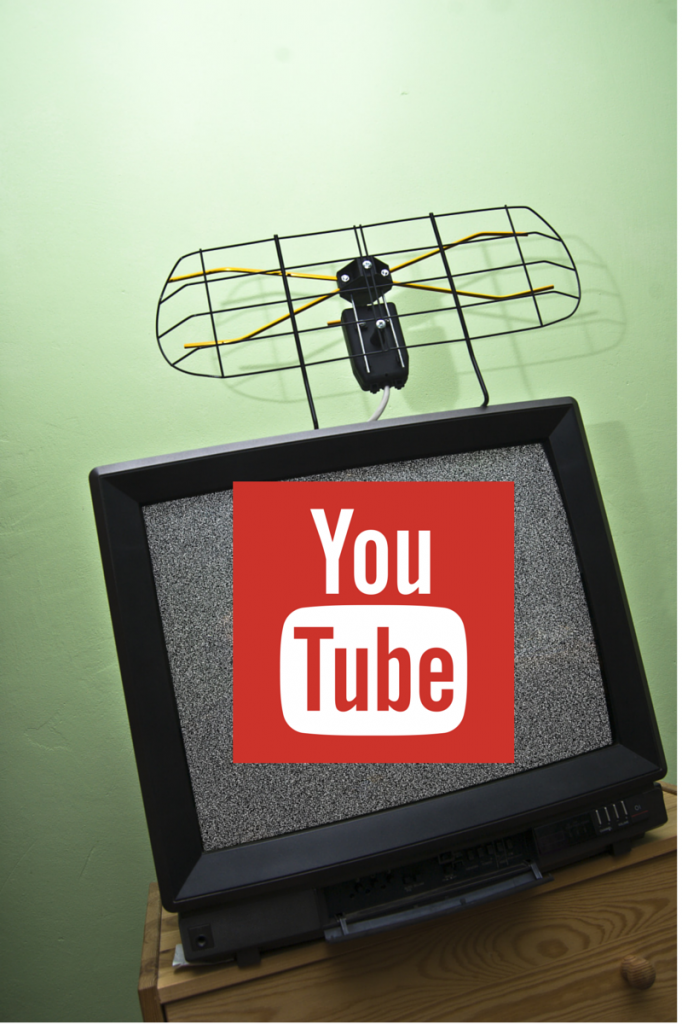With 144,000 hours of new video content every day, ranging from useful to mundane to downright strange, it’s safe to call YouTube the video platform.
Its videos not only fall into countless categories, but they fit into a variety of consumers’ lives in wildly different ways.
With so many unique niches, brands have a great opportunity to connect with their audiences in a completely new way—combining the captivating energy of video with the relationship-building power of social media.
However, many marketers mistakenly approach YouTube with the same playbook they use for TV.
A push-pull medium such as YouTube requires a strategy to deliver the engagement you want.
From an editorial calendar of video content to a prepared budget to an overarching theme that will guide your content, you have to create a YouTube plan as diligently as you’d plan for a TV campaign.
But that’s one of the only things the two have in common.
You Can’t Talk to a TV
The YouTube platform is inherently interactive.
Unlike a TV, which talks at consumers, people can respond to YouTube content via comments or even their own videos.
This type of push-pull medium offers unique, disruptive opportunities that brands must plan for, including:
- An envied and engaged audience. TV advertising isn’t targeted directly at certain consumers the way YouTube advertising can be. YouTube audiences watch more than six billion hours of video each month, and 30 percent of those viewers are younger than 34. This statistic demonstrates its ability to target a new generation of people efficiently and at scale—a goldmine for brands.
- A hot spot for native advertising. Compared to traditional pre-roll on other sites, native advertising is growing at a remarkable rate on YouTube. Rather than trying to compete against YouTube celebrities, brands can directly partner with influencers to create branded content that lives on the influencers’ channels. Watch Casey Neistat’s “Make it Count” video with Nike, as an example.
- A personalized video portal. When users log in to YouTube, videos from their subscribed channels fill their home page. The platform’s personalization engine also sends a weekly email featuring new videos from favorite channels. This is the perfect delivery mechanism for brands struggling to consistently reach their audiences.
The possibilities are endless with YouTube, but simply knowing they’re out there isn’t going to help you—you have to have a YouTube plan to take advantage of them.
Don’t Treat YouTube Like Just Another TV Channel
Instead, use these five tips to create your YouTube plan and to take full advantage of the platform’s unique functionality:
- Keep a Steady Drumbeat of Content. Many brands don’t post to YouTube on a consistent basis, which is a huge mistake. Similar to traditional media, audiences expect to see new content regularly. They’ll quickly lose interest—and go elsewhere—if they believe a channel is becoming stagnant.
- Be Un-Basic. Create engaging content that goes beyond basic video. Creating content solely around new product features and interviews won’t captivate audiences in the way you want. Instead, reach further into the realm of creative content to attract new viewers and keep the ones you already have active and interested.
- Recognize Opportunities for Branded Placement and Partnerships. To alleviate the worry of posting too many “new product” videos, use YouTubers who have access to your audience for branded deals. This approach will also maximize audience interaction because it came from a trusted outlet.
- Launch Scalable Digital Content. Replace expensive production and filming for advertising with scalable digital content. Traditionally, brands could spend $25,000 or more on a single high-production advertising campaign with no guarantee of a return on viewership or engagement. Now, incorporating user-generated content and short-form creative work can scale your content creation while increasing viewership. Both methods do a much better job of reaching audiences at scale and on a deeper level.
- Be Authentic. YouTube was built for content creators. These creators are more likely to sign deals with brands that embody their values.
With each branded video, allow content creators to remain in control of the message.
By giving them the freedom to make a well-received video, brands can move away from the traditional advertising model while boosting engagement.
Your YouTube Plan
Apart from Google, audiences use YouTube more frequently than any other platform for finding information.
This positions YouTube as a thought leader in the digital space—a role that offers innovative brands infinite opportunities to exhibit their advanced thinking to an eager audience.
However, you have to develop a YouTube plan to engage that audience via this push-pull medium.
Don’t leave your viewers hanging after a great YouTube effort—budget and prepare a storyline to carry your content through an entire campaign.
Don’t give them a reason to forget you or distrust you, and make a concerted effort to take advantage of the two-way communication YouTube offers.
After all, it’s not TV.
